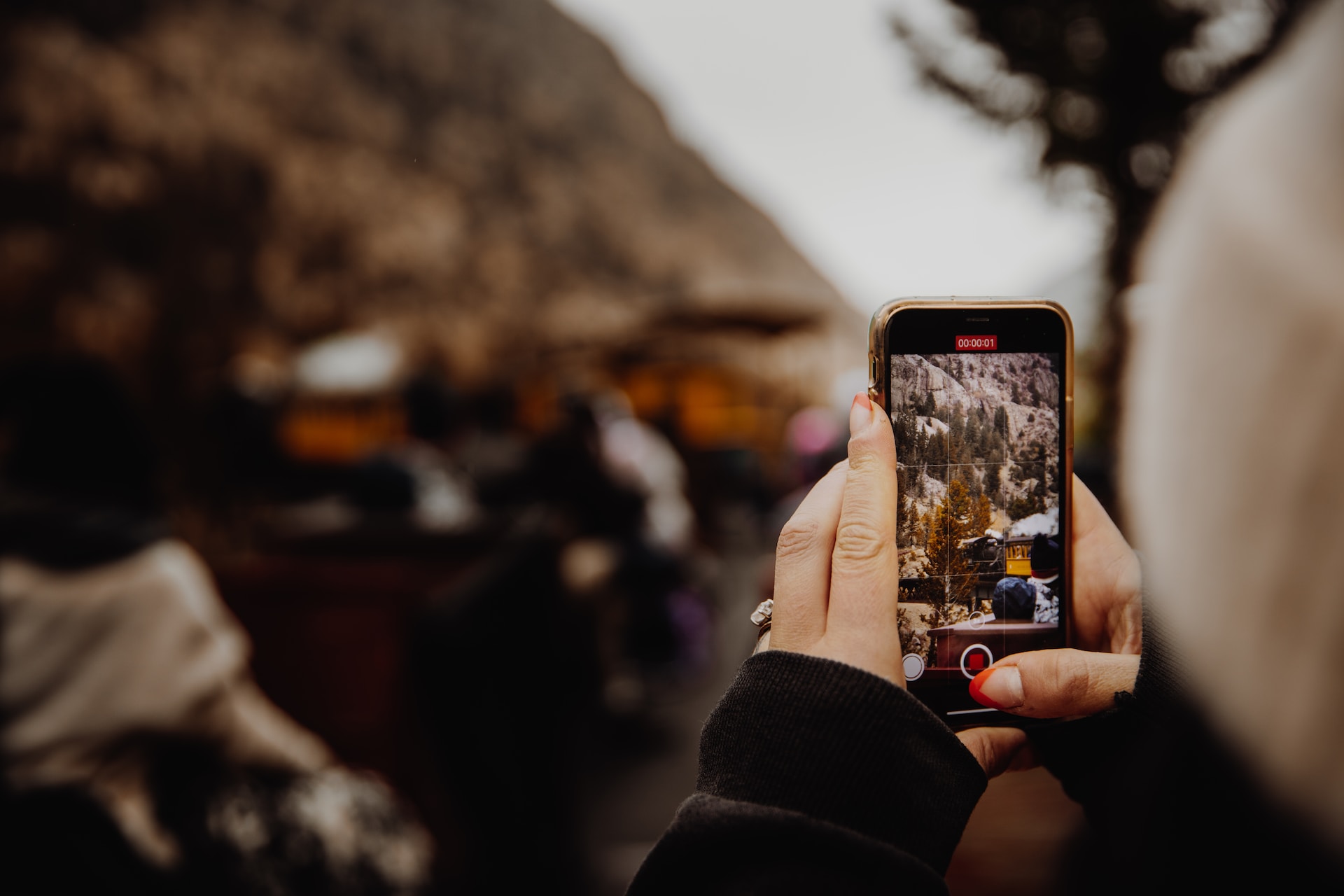We have featured the “Weird Tourist Attractions in the US” which explores bits of weird Americana such as thousands of curated toilet seats and a palace made of corn. If you have found it interesting and fun, then you would surely be entertained by this article about the weirdest tourist spots in the world!
Hopefully, you will get to visit any of them one day to feed your curiosity and wanderlust. Include them on your bucket list for a more unique, enlightening and unforgettable traveling experience.
1. Lake Hillier (Western Australia)
Lake Hillier is one of the most unusual lakes in the world on account of its strange pink color. It was first discovered in 1802 on Middle Island, the biggest of the islands that comprise the Recherche Archipelago, Western Australia. Lake Hillier is located at the edge of the island. A mere thin, narrow forested strip divides the lake from the Southern Ocean. Despite the location, Lake Hillier is an endhoreic lake and thus cannot flow out to the sea.
Like many other land-locked lakes, Lake Hillier is a saline lake. Despite its high salt content (which is comparable to that of the Dead Sea), Lake Hillier is otherwise safe for swimming. The lake’s unusual pinkness can be contributed to some factors, which include the algae Dunaliella salina and the pink bacteria called halobacteria. These organisms can thrive in the salty waters.
If you still find that incredible, get a a bottle and fill it with the lake’s water — you’ll be surprised that the pink color in the water remains.
2. Dongchuan (Kunming, Yunnan, China)
Not exactly weird, but Dongchuan makes you feel like you’ve stepped inside a world of fairy tale, into a swirly psychedelic dream or into a colorful Van Gogh painting that has come to life.
Dongchuan is a district located in the city of Kunming, Yunnan Province in China. It is also known as the “Red Land” because of its iron-rich soil, giving it a flaring color. Dongchuan is also naturally abundant with copper; in fact, the district is one of China’s biggest copper producers.
Dongchuan’s scenic fields and rolling hills feature eye-popping strips of red, green, white, yellow, golden and brown, set against the blue sky… the explosion of colors makes whole scenery jaw-dropping. Amateur and professional shutterbugs, as well as artists will definitely be having a field time (pardon the pun) at Dongchuan. This real-life dreamland is definitely Instagram-worthy everywhere you look.
3. Island of Dolls (Xochimilco, Mexico City, Mexico)
If you have a phobia towards dolls, this island will give you the nightmare of a lifetime, so it’s better to skip this one when you’re cruising around Mexico City! Even if you’re plucky, the sight of the thousands of old dolls hanging from the trees will still creep you out! That’s the stuff of horror films.
Islands of the Dolls (“Isla de las Munecas”) is located deep in the canal networks in the district of Xochimilco, in the capital of Mexico, Mexico City. There’s an interesting (and creepy) story behind haunted island. A loner named Don Julian Santana Barrera discovered a little girl drowning in one of the canals. Finding a floating doll nearby, Barrera thought that it belonged to the deceased girl, and then hang that doll on the tree. Soon after, he began to hear whispers, cries and screams that tormented him no end. In order to warn off little girl’s ghost, Barrera began to hang dolls (and some being body parts) in the trees — and he went on to do this in the next fifty years or so. He would often trade his vegetables for dolls from the visitors.
Nowadays, the Island of the Dolls is a popular tourist attractions. Visitors would even come with their own dolls to hang in the trees.
4. Carhenge (Alliance, Nebraska, USA)
This strange tourist attraction in the state of Nebraska, USA was obviously inspired by England’s Stonehenge. But whereas the identity of the original Stonehenge’s creators remain a mystery, the identity of the Carhenge is not a puzzle at all. It was built by Jim Reinders and his family to celebrate the 1987 June summer solstice and also as a memorial to his father.
The cars are built upright, covered with a gray spray paint, and arranged in a similar proportion like the original Stonehenge. Other art installations have been included to the site, like the Fourd Seasons, which consists of only Ford automobiles and inspired by Vivaldi’s Four Seasons.
5. Phallus Museum (Reykjavik, Iceland)
Also known as the Icelandic Phallological Museum, it is located in the Icelandic capital of Reykjavik. The museum features a collection of over 280 phallic specimens from 93 species of mammals that range from whales, seals, and different land mammals. In 2011, the museum acquired its first human penis, but the way it was being detached from the donor did not go well, so the penis ended up looking shriveled. The museum continues on its quest for a bigger human penis.
The Phallus Museum was a subject of a Canadian documentary film The Final Member, which deals with the museum’s continuous search for the human penis.
6. Mother Shipton’s Cave (Knaresborough, North Yorkshire, England)
Mother Shipton’s Cave is the most famous example of a “petrifying well,” a well which gives any items a stone-like appearance. It is one of the oldest paid tourist attractions in England, and has been operating since the early 17th century. The place is associated with the English witch Mother Shipton, who claimed to have prophetic powers. According to legend, she was born and lived in that cave.
While science has disproved the well’s capacity to petrify things, that didn’t stop tourists from coming to Mother Shipton’s Cave, tying up objects to the well, wishing that they could be turned to stones.

